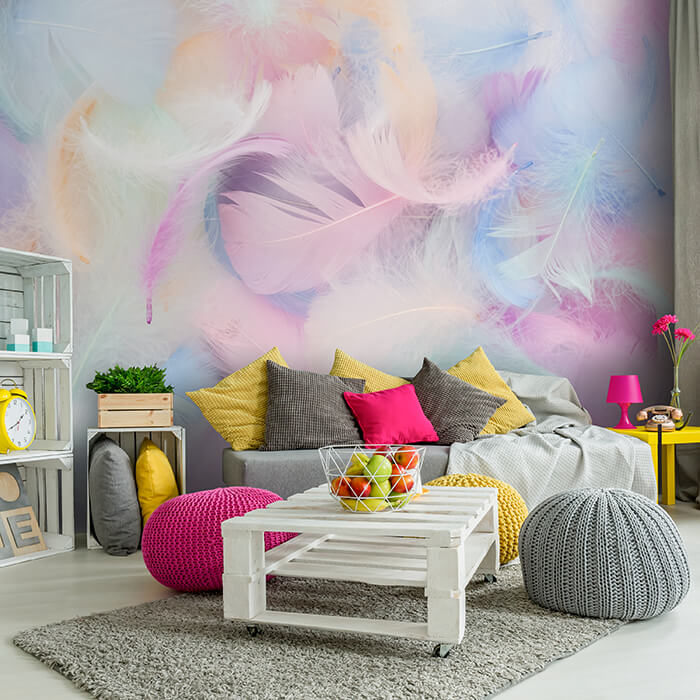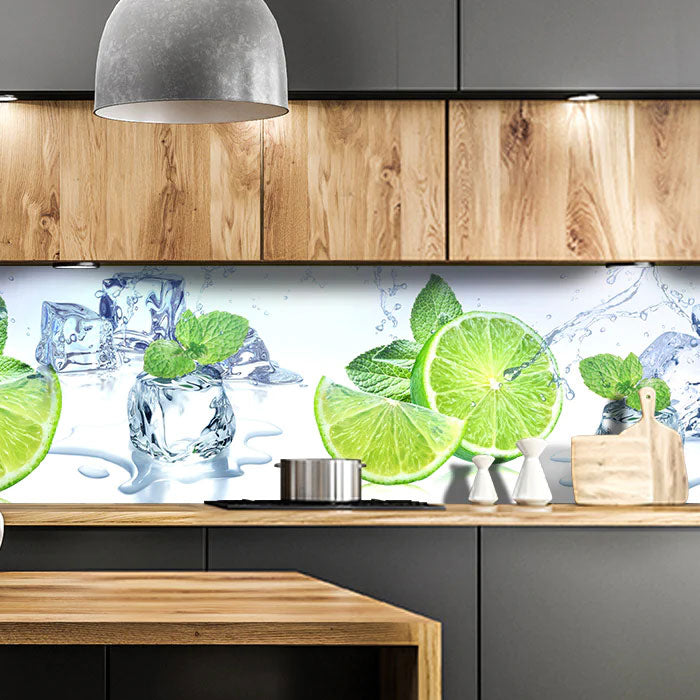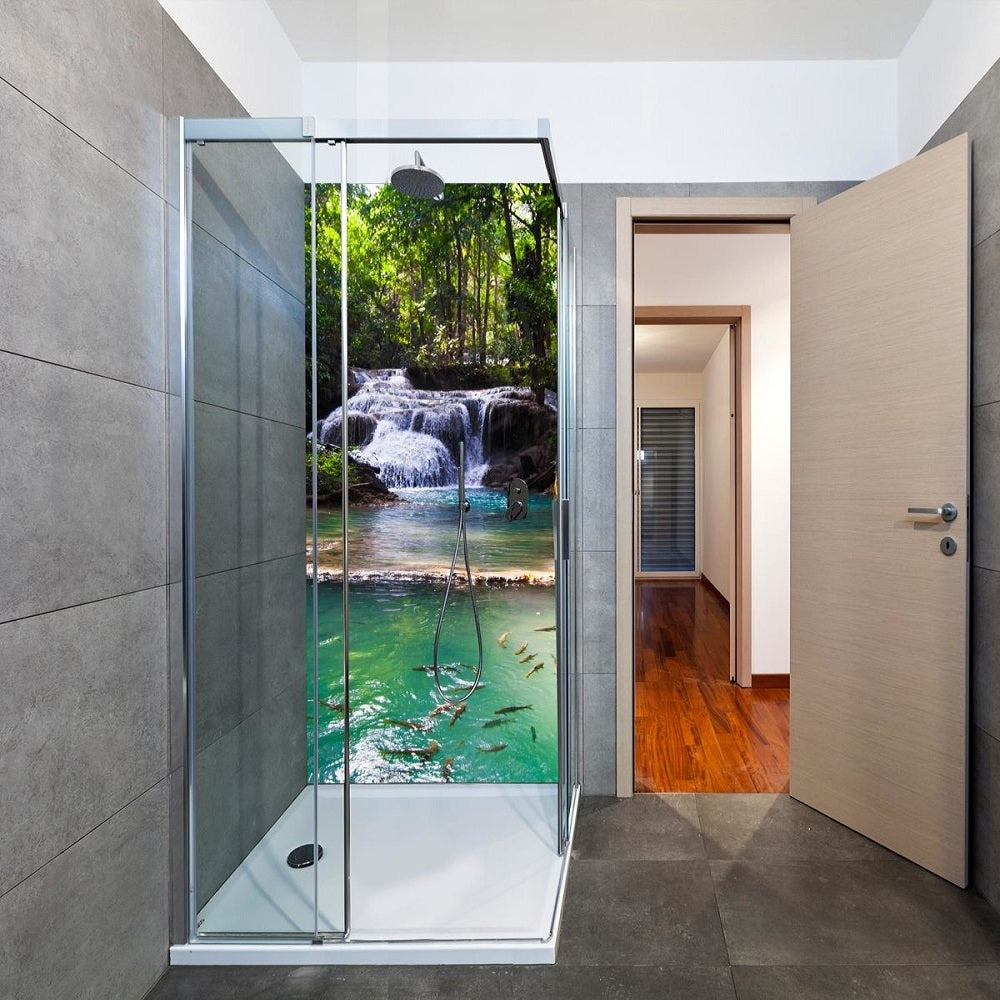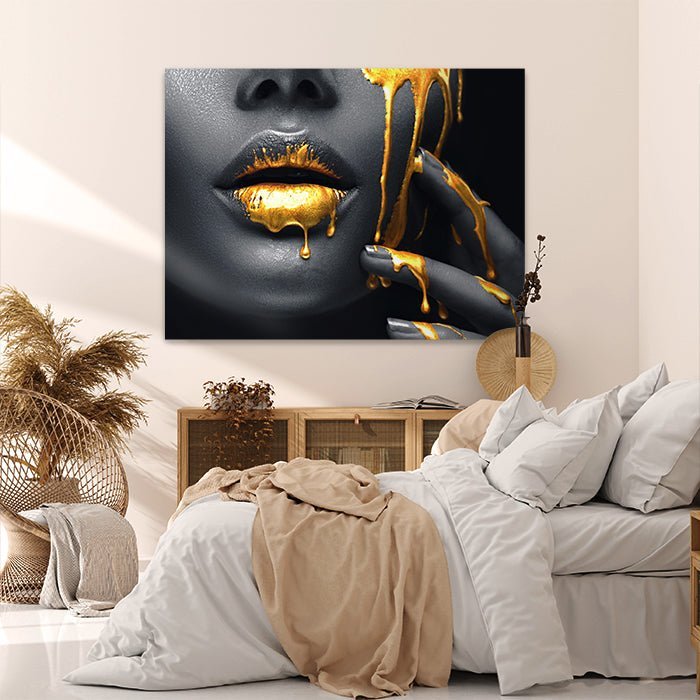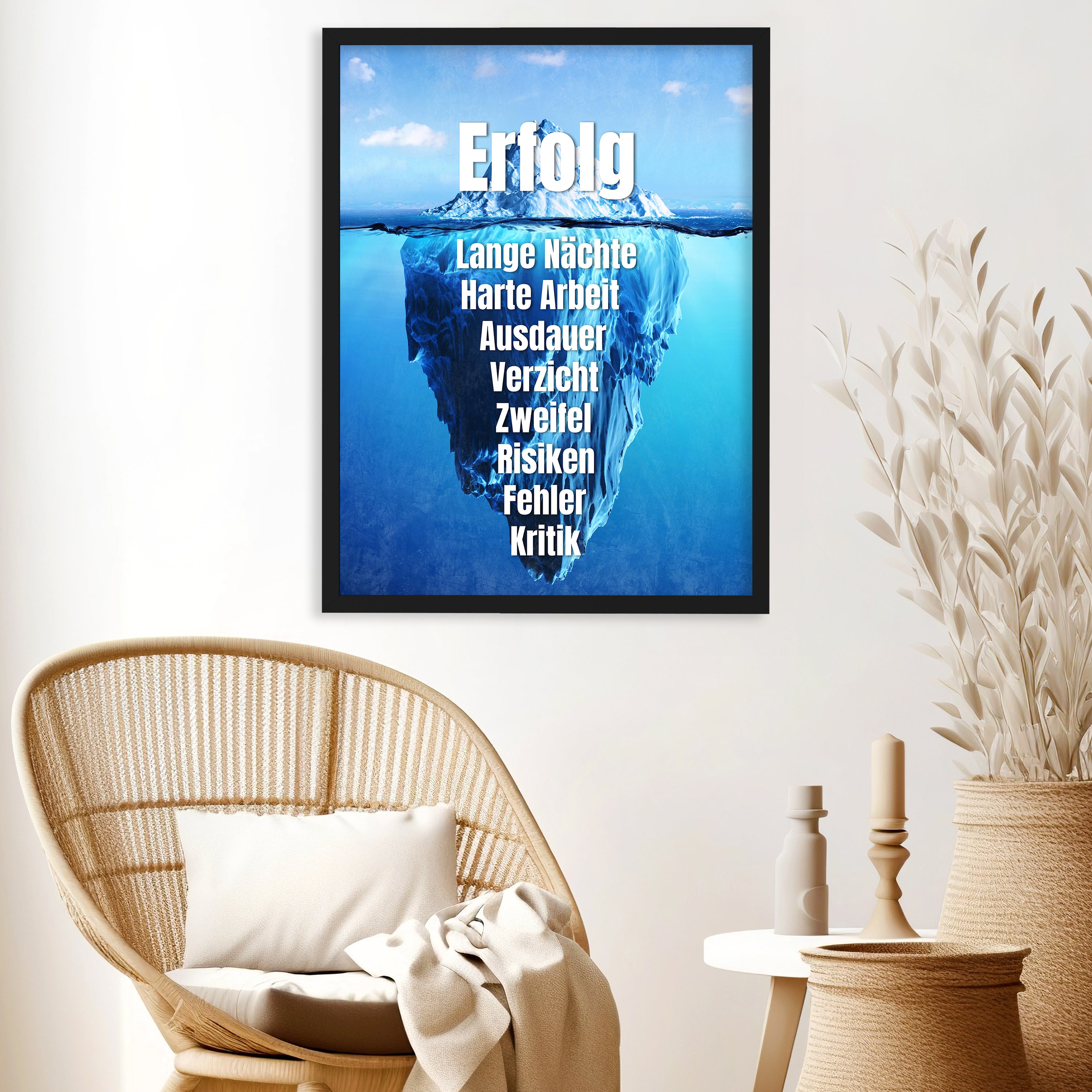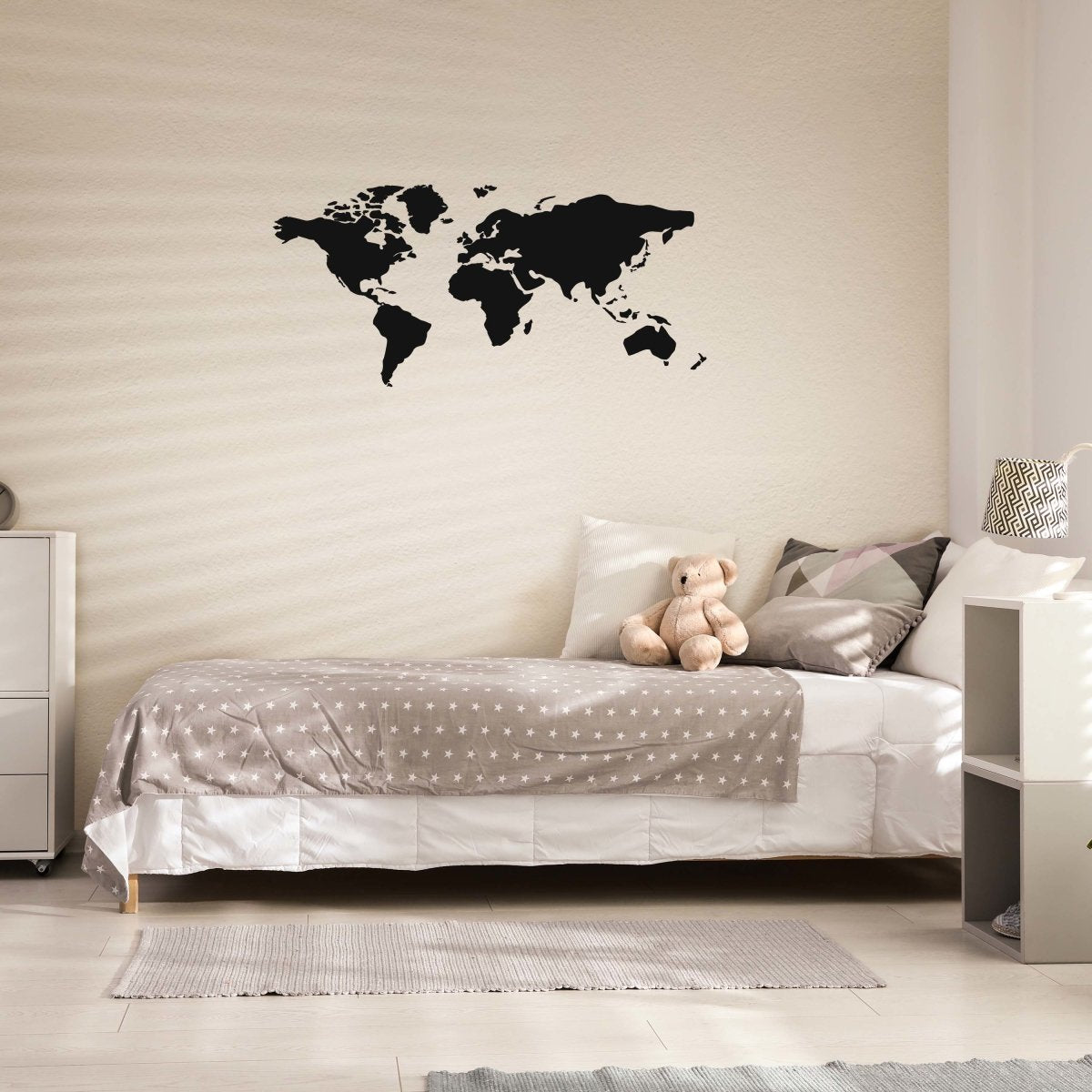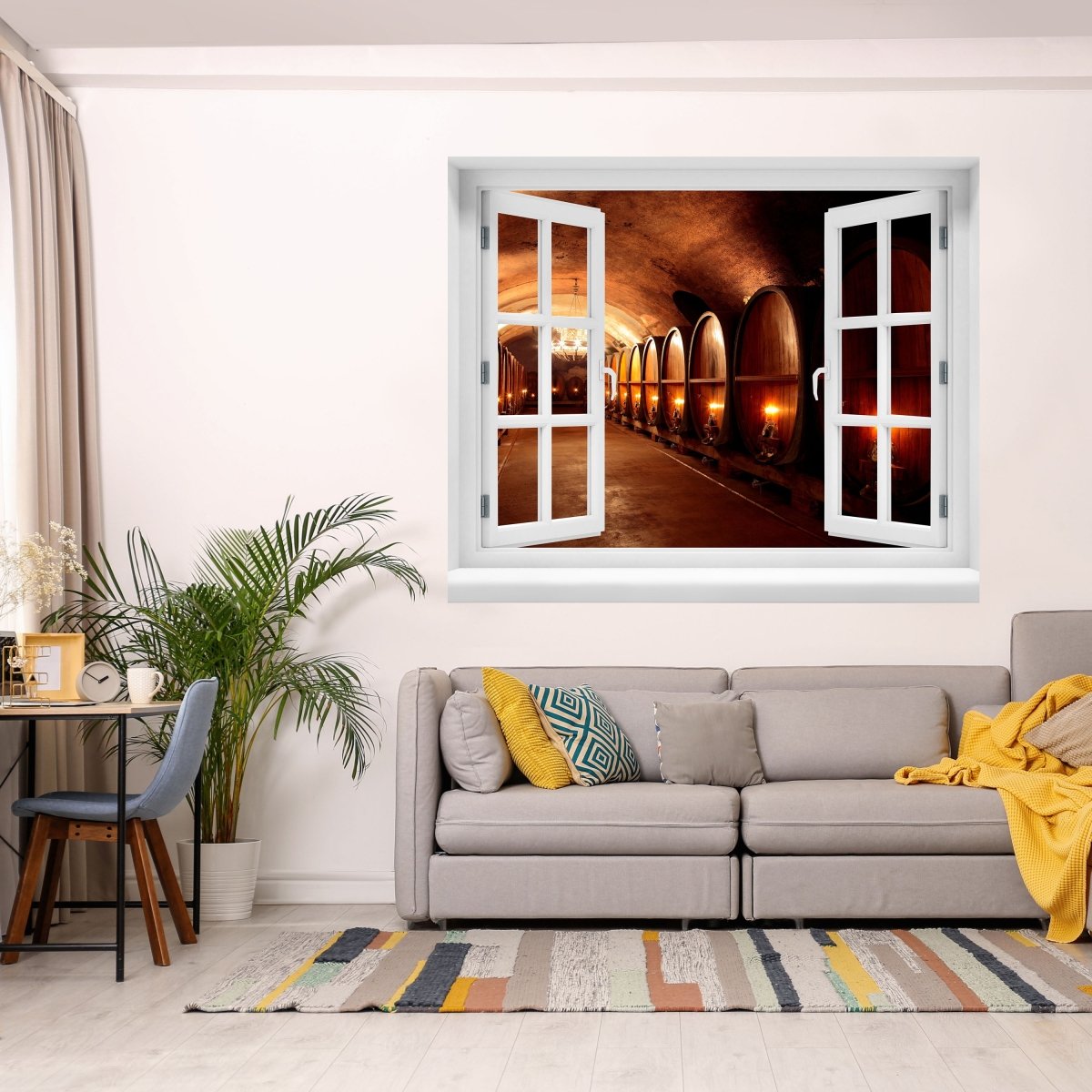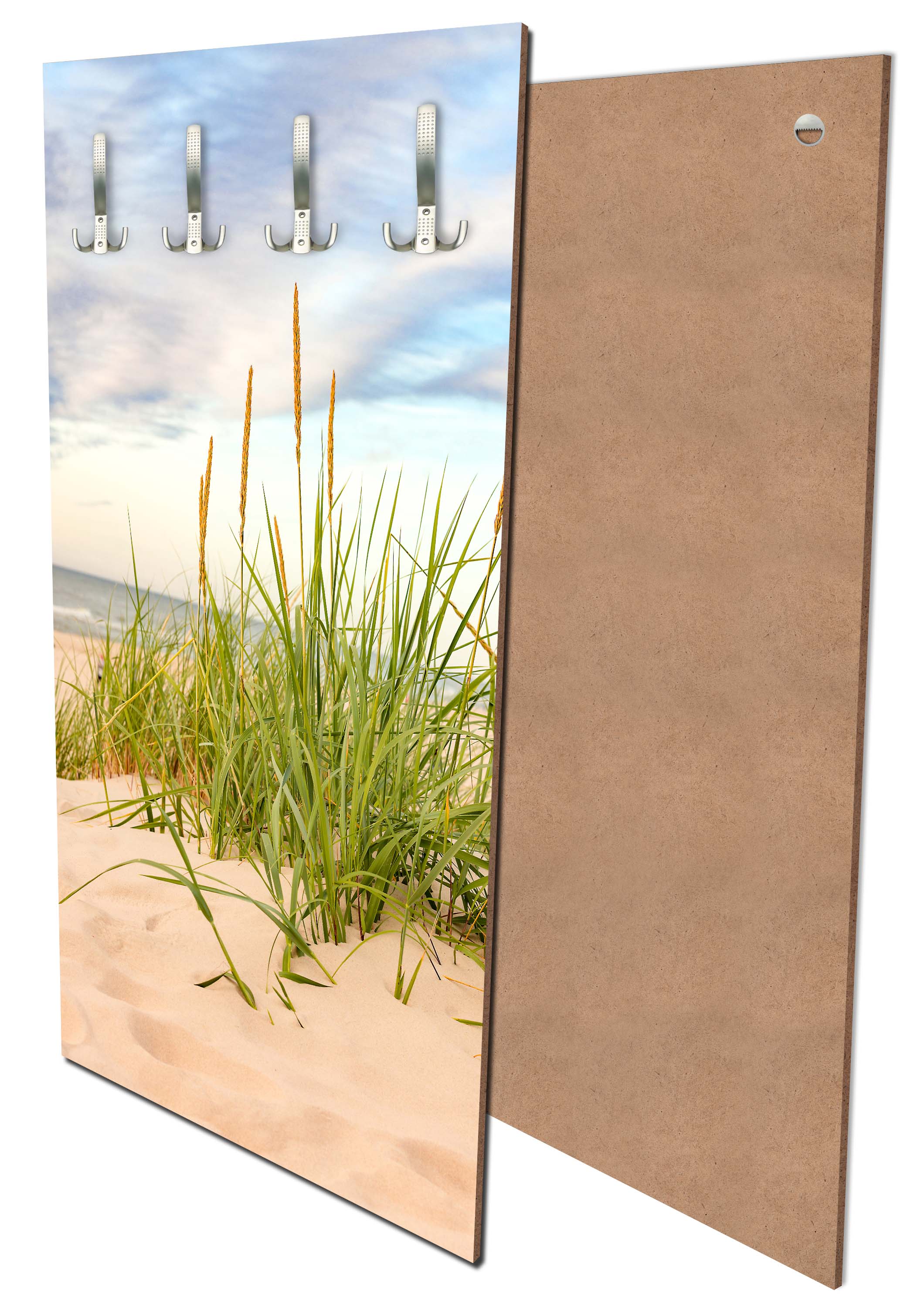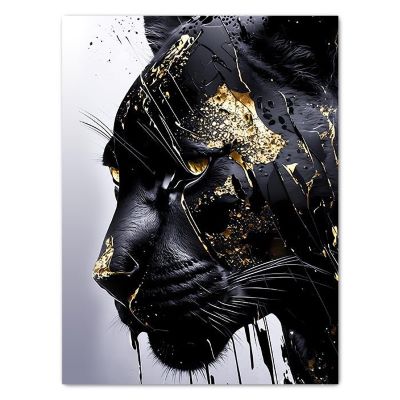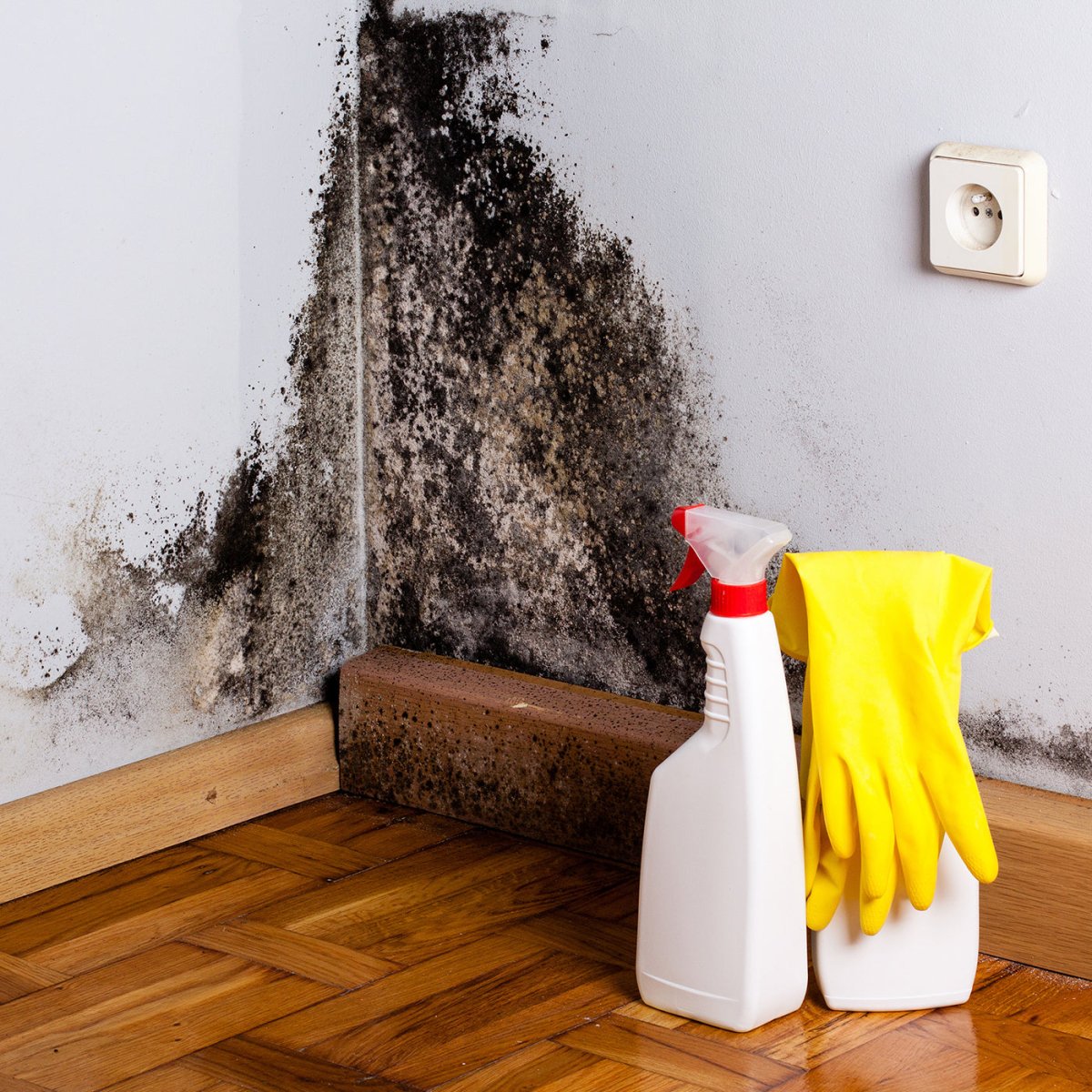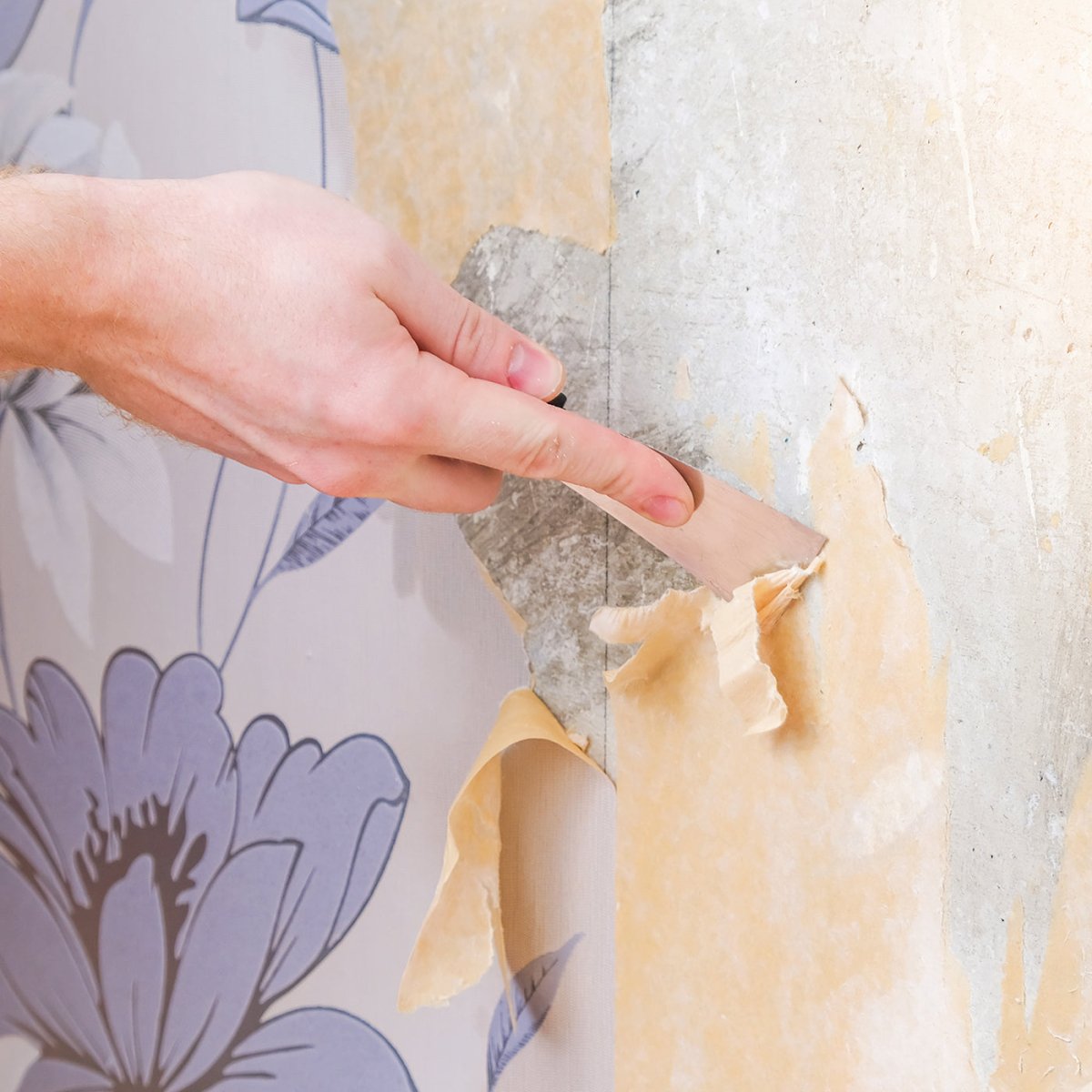Would you like to give your walls a fresh coat of paint without removing the old wallpaper? This is usually possible without any problems. Whether paper or non-woven wallpaper - each type has its special features that must be taken into account when painting. In this little guide you will find out how you can redesign old wallpaper and which types of wallpaper are good for repainting. This means you can redesign your rooms as you wish in no time at all – without any complex renovation work.
Why should you paint wallpaper?
Painting over wallpaper is a great way to give your room a fresh, new look without having to completely re-wallpaper. New woodchip wallpapers initially appear in a neutral gray and are just waiting to be brought to life with a coat of paint in the color you want. But even older wallpaper that has yellowed over time or whose color you no longer like can be easily and effectively refreshed by painting over it. This way you save time and work and design your rooms exactly to your taste .
Which wallpapers can you paint over?
Not all wallpaper can be treated the same when it comes to painting over it. The good news is that you can easily redesign most paper and non-woven wallpapers with emulsion paint. However, with special types of wallpaper such as textile, vinyl, metal or natural materials, you have to put in a little more effort: Although these materials make the wallpaper visually eye-catching, they sometimes have a negative effect on the color adhesion.
To make sure that your new paint really sticks to the wallpaper and that any stains are safely covered, you should apply a suitable primer in advance. The primer serves as a base and ensures that the paint stays evenly and permanently.
With paper and non-woven wallpaper, you can usually do without it and get started straight away, as these materials already have good adhesion properties. Before painting, just make sure that the wallpaper adheres firmly to the wall and that any small damage is repaired with wallpaper glue.
What color lasts on wallpaper?
When choosing the color to paint over your wallpaper, the type of wallpaper is most important. Woodchip wallpapers are particularly uncomplicated and go well with any type of wall paint. However, if you are dealing with wallpaper with a smooth surface, you should choose a firmer wall paint to achieve ideal results. Textured or particularly stressed walls benefit from the use of latex paint , which scores with its durability. Another option is liquid woodchip, which looks particularly good on woodchip wallpaper.
If you already have several coats of paint on your wallpaper, it makes sense to stick with the same type of paint - if possible. Also make sure you choose the right paint roller that matches the color and wallpaper structure. Are you still unsure about choosing the color? Advice at the hardware store can provide clarity - it's best to take a wallpaper sample with you.
Tip : To find out how much paint you need, you should measure the wall beforehand. Here you can find out how to calculate the length of the wallpaper .
How often can wallpaper be painted over?
It's certainly tempting to change the feel of the room as you please and give the wallpaper a new coat of paint regularly - but you actually need to be careful when it comes to the frequency of repainting. With each new layer of paint, the original structures of the wallpaper become less clear, which is why experts recommend not painting over a wallpaper more than five times .
For example, multiple coats of paint can cause the wallpaper to begin to crack under the weight of the paint or the paint to begin to peel off. So before you grab the paint roller, you should check how many layers are already there.
If you're unsure whether another coat of paint will hold, try a simple test: run your hand across the wall. If paint sticks to your hand, this shows that the lower layers are chalking off and a new layer of paint would probably not adhere optimally. In such cases, it makes sense to renew the wallpaper to achieve a flawless result.
Preparing the wallpaper for painting over
Before you start painting over your wallpaper, thorough preparation is important - this will ensure you achieve a beautiful result. With these step-by-step instructions you can master the new coat of paint with links:
-
Start by preparing your work area: clear the room as much as possible or position heavier pieces of furniture in the middle of the room and cover them with covering material.
-
Protect your floor with masking film or painter's fleece to prevent paint splashes.
-
Safety first: Disconnect the electricity in the room to avoid accidents and carefully tape off sockets and light switches with painter's tape.
-
Prepare the wall by filling holes and uneven areas with putty and removing dust and dirt from the wallpaper.
And now for the tools and materials you need:
-
Painter's tape and tape to cover areas not to be painted
-
A robust cover film to protect your furniture and floors
-
Putty and putty to prepare the walls
-
Paint brush and paint roller , including a scraper grid , for the actual painting
-
A pair of scissors , a stirring rod and a telescopic rod make the work easier
-
Not to forget: primer and the wall color of your choice
-
A ladder is essential for working at heights
-
Work clothing protects you from paint splashes
How do you touch up wallpaper?
Is your wallpaper uneven and needs to be repaired first? To do this, first check the surface with a simple touch: the wall must be smooth and without any unevenness . If you discover any holes or cracks, fill them carefully with filler. After the compound has dried, make sure the repaired areas blend seamlessly into the wall by sanding them smooth.
It's also a good idea to test the absorbency of the surface before proceeding. A simple trick is to spray some tap water on the wall. If the area darkens significantly, the wall is absorbing too much - that means it is too absorbent. However, if the water beads up, the absorbency is too low. Both cases require adjustment to ensure that the wallpaper or paint applied to it adheres optimally.
Which primer is recommended for wallpaper?
The choice of primer for wallpaper depends largely on the type of wallpaper and the planned painting. In general, an acrylic primer or deep primer is recommended for most wallpapers, especially paper or non-woven wallpapers. This type of primer absorbs well and creates an even, absorbent surface that improves paint adhesion. Acrylic primers are water-based, dry quickly and minimize the risk of moisture damaging the wallpaper - they are also low-odor and environmentally friendly.
Special wallpapers such as vinyl wallpapers sometimes require a special primer that improves the adhesion between the wallpaper and the paint. In any case, it is important that you follow the paint and wallpaper manufacturer's instructions and, if necessary, ask a specialist retailer about the right primer for your specific situation.
Painting wallpaper: step-by-step instructions
-
Apply the primer according to the manufacturer's instructions and allow it to dry for the required time.
-
Use a brush and a small paint roller to carefully paint corners and edges .
-
Start painting the ceiling , if it will be painted, using a ladder and a telescoping pole. A second person ensures safety and can support you in an emergency.
-
After the ceiling, corners and edges are finished, move on to the large wall surfaces using a larger paint roller or telescoping wand.
-
Make sure to always stroke in the same direction to get an even result.
-
Work quickly to prevent the paint from drying before you finish the next section.
-
Wait until the paint is completely dry and no longer has any shine.
-
Correct small mistakes with a small brush or paint roller.
-
If necessary, apply a second coat of paint to improve coverage.
Painting special types of wallpaper
In principle , any wallpaper that adheres firmly to the wall can be given a new coat of paint. Choosing the right color – tailored to the material and texture of the wallpaper – is crucial for a successful result. Regardless of whether you have paper, non-woven or textured wallpaper on your wall – with the right preparation and our tips, nothing will stand in the way of the new color.
Can you paint textured wallpaper?
Textured wallpaper can also be painted without any problems - but here too, before painting, you must choose a suitable color that can penetrate deeply into the structures of the wallpaper . Latex paints or special wall paints for structured surfaces are ideal for this as they are hard-wearing and even highlight the details of the textured wallpaper.
This is how non-woven wallpaper can be painted
Non-woven wallpapers have the advantage that they can be removed without much effort. But painting over it is also an option to give your room a new look with non-woven wallpaper. The wallpapers, made from a mixture of textile fibers and cellulose, tend to absorb a little more color than woodchip wallpapers, for example. For an opaque result, we recommend using a highly opaque interior paint, although a normal emulsion paint is usually completely sufficient.
A special feature of painting over non-woven wallpaper is that the structure of the wallpaper is retained even after painting, giving your walls a unique texture. For wallpaper with a pronounced texture, a flexible latex paint might also be a better choice to prevent the paint from cracking as it dries.
Does painting smooth wallpaper work?
You can also paint over smooth wallpaper, such as vinyl wallpaper. If the wallpaper is coated with PVC, normal emulsion paints may not hold up - you should sand the surface before painting or use a special latex paint.
Conclusion
Painting your wallpaper, whether it's non-woven or textured, offers you a wonderful opportunity to give your home a new, fresh look with relatively little effort. Be sure to choose the right color so that the unique structure of your wallpaper is preserved and the end result meets your expectations. With thorough preparation and following a few tips, you can transform your walls into a work of art that suits your taste.

